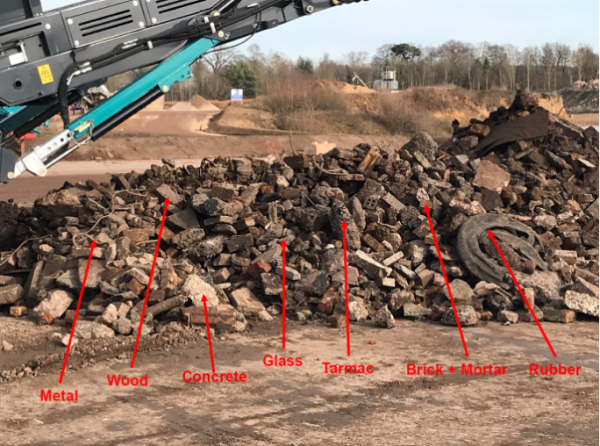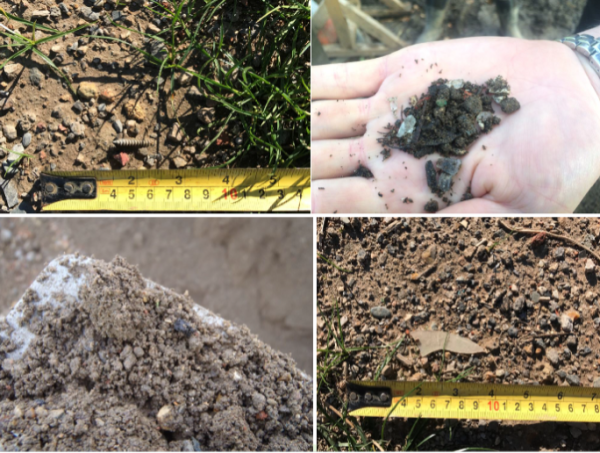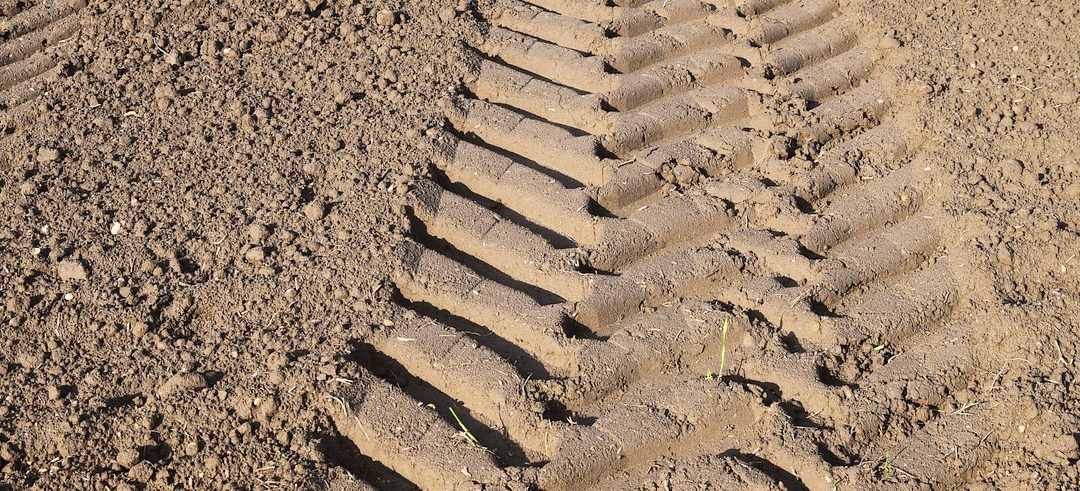The G&W Guide to… Imported Topsoil
Geoenvironmental • Industry matters • Regulation
Every year experienced developers lose £millions as the sign off of their developments are delayed due to having to dig out and replace poor Topsoil. Remediation is only as good as its implementation, verification and validation.
A scenario that exemplifies this is where – perhaps due to lead, Polycyclic Aromatic Hydrocarbons (PAHs) or the presence of microscopic Asbestos debris – we have undertaken a reduce dig of Made Ground to form a capping system. All your good work is ruined if the Topsoil you import to site has elevated levels of the same contaminates.
We can hear you saying it now… “This won’t happen to us because our Topsoil is certificated”.
Sadly however, those certificates are not worth the paper they are written on! Why? Because mainly they rarely represent the materials you are importing. This is because the turnover of Topsoil at a production facility is significantly higher than the testing frequency adopted.
This is why, in order to get a remediation/validation/contaminated land condition signed off, you must get the Topsoil you import independently inspected and tested, once placed.
There are still far too many horror stories about imported Topsoil being certificated but having recorded elevated levels of lead and PAH’s and quite often having microscopic Asbestos debris; which no one (even if the risk is extremely low) would want in their garden.
As we have already highlighted experienced developers are losing millions of pounds as sign off of developments are delayed due to having to dig out and replace poor Topsoil.
Currently the Topsoil Industry has three sources:
- Natural Topsoil stripped from sites
- Skip Waste Materials from demolition/aggregate recycling
- Manufactured.

PLEASE AVOID RECYCLED SKIP WASTE. The testing regime of the materials being recycled and post is just not sufficient to guarantee a “clean” product.
Any responsible and professional developer will want to know what they are bringing onto site is sound. So how do you know the materials being imported to site are good quality?
We have a Topsoil Importation Checklist to help with this very question. Contact [email protected] if you want a copy.
Put simply:
- Find a reputable source and ensure testing is complies with BS3882:2015, has contaminated land data (general suites including TPH’s) and is tested on a regular basis (a week or so old).
If it is not, find an alternative supplier.
If you are unsure, perhaps consider importing a single load of the proposed material to site so that you can have a look and test it.
- When the material comes to site, check the consignment notes and do a visual inspection before its ALL dumped on your site becoming your problem.
If it looks like the material in the image below, then don’t accept it. If it looks like good quality material – great. Also check that the material has come from the source you expected.
 THIS IS IMPORTANT
THIS IS IMPORTANT
- We’re sorry, but independent verification of the materials placed as part of remediation strategy is required.
Guidance suggests one sample per 50m3 of materials imported. Or a minimum of three samples, with testing suites including speciated TPH.
AND PLEASE REMEMBER
You must ensure enough time for us to get to site, take the samples, get the results back from the lab and issue a certificate. You should allow two weeks.
This isn’t the first time we have covered this topic in our blog. We make no apologies because poor quality Topsoil is an easily avoidable pitfall. Ground & Water is here to support and advise you, so if you have any questions or concerns relating to the remediation of contaminated land, the validation of Topsoil and verification of imported Topsoil once in place, please don’t hesitate to call us.
